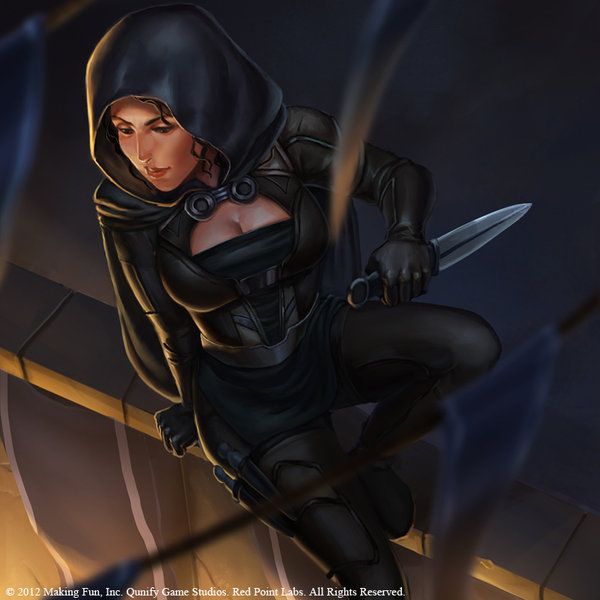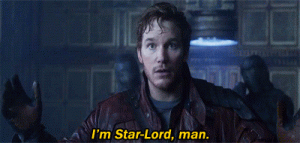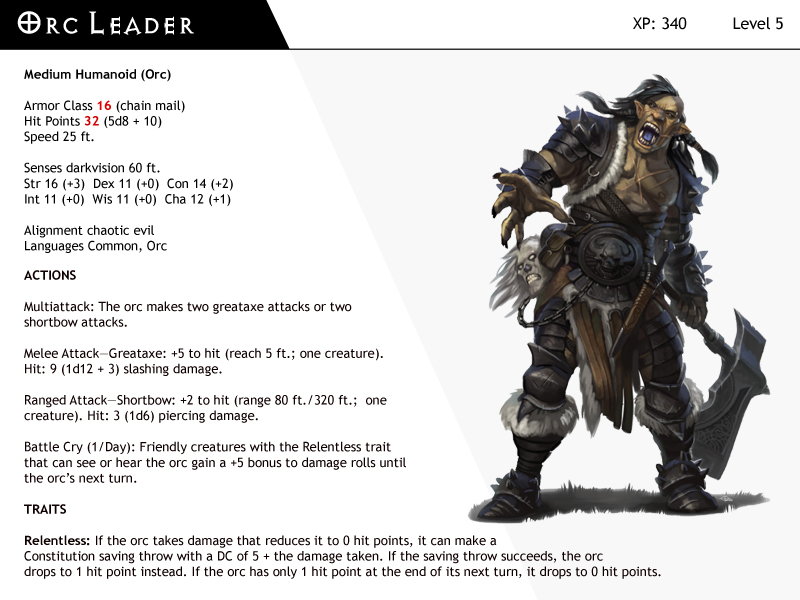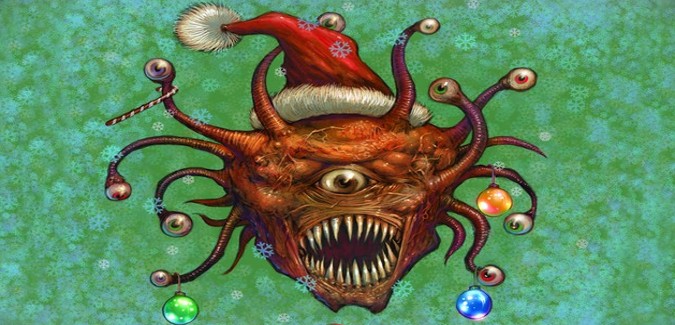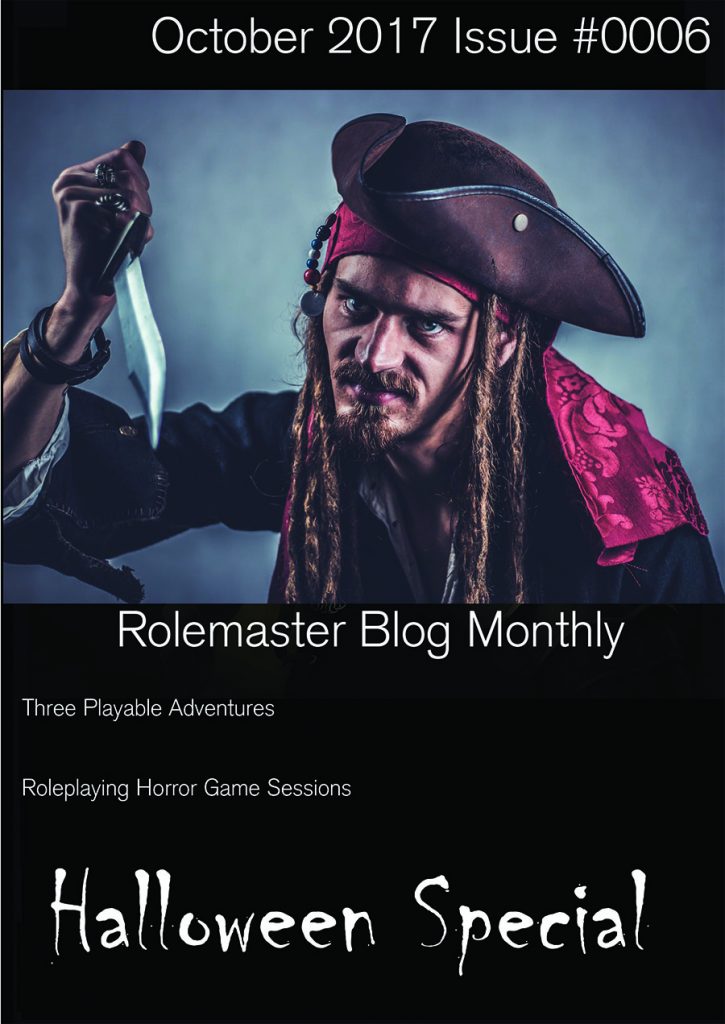Peter’s recent blog project, Thought Experiment, is leading RolemasterBlog into deeper discussions on design and balance issues. I thought this new direction creates an opportunity to review the issuesI encountered when playtesting my 50th Level Adventure Series. I just posted up a shortened version of Chapter 1: The Seers of Strok on the RM Forums, but I’ll include it below as well.
First off, the download is not complete and I intentionally left out some material that is either being fine tuned or will be included in the “final” product. Some of that material not included in the download:
- All Pregen characters, NPCs and creature stats. I’ll post these up shortly, since they are crucial to the use of the material.
- Expanded encounters for Part II: The Journey.
- Detailed description of the Lense of Strok. Some info can be found in Emer boxed set MA addendum, but I’ve added powers and included in my growing Artifacts and Technology doc.
- Background on the Guthuruxx, Shadow Monks and overarching plot points–though I did outline the remaining chapters.
I don’t suggest I am a veteran of game design or module balance, but I have been GM’ing for quite a bit of time. Creating a 50th level adventure was a bit of a “blue water” challenge–the parameters of action and ability were broad enough that tight encounters or narratives no longer applied. I remember my first encounter with tourney style adventures; the “A” Slavers Series. In the first module of that series, every object encountered, every spell slot assigned had a singular purpose to problem solving. That doesn’t work in Rolemaster; the broad or creative application of skills or the sheer amount of spells expands the decision tree beyond a predictive narrative path.
Given that, I had to take into consideration: time lapse (a target of 3 hour play time), raw abilities ( can the PC’s win an encounter?), obtuseness of narrative (balance of clues, problem solving and continuation of storyline) and finally resource management (PPs, HPs, spells, herbs and magic items to finish the whole adventure).
My players ran through 3 iterations of the 5 part series. I didn’t change details enough that each run through resulted in new material for the players, but by that point we were more interested in play balance issues themselves.
Chapter 1 had 4 major parts/encounters:
Part I The Journey. The group used the mixed pre-gen party of “famous” personalities and thus, had Malim Pelax’s personal skyship for the travel to the Observatory from Eidolon.
Iteration 1. The players ran through a simple transit using my SW Encounter chart. Nothing of significance happened, it was a bit boring and didn’t create any conflict with the players. In a campaign, the time could have spent in exposition or role playing, but in a tourney adventure this proved to be needless. The choice was to add a relevant event or hand wave the journey away.
Iteration 2. To make the journey relevant, I added an encounter with Krylites. I imagined orbital bombadier bug from “Starship Troopers”: the Krylites fired slow but powerful “electro grenades” into the sky towards the Sky Ship. It added drama, but the players never felt in danger. Ultimately, I think it added some good atmosphere (along with randomly generated Essaence effects and weather ). I though Malim was going to throw some fireballs down but it wasn’t necessary.
Iteration 3. The Krylites added a cool effect, but I wanted to add real danger–but how do you that with a group of 50th lvl PC’s? A red dragon proved to be the solution! In the third run through the dragon approached the Sky Ship, curious and sensing the power of the players. I rolled for reaction and the Dragon was just curious, but his approach was seen as a threat and the players wanted to flaunt their powers assuming they were much more potent than the singular creature. They attacked the Dragon… Not the best idea. The Dragon eventually retreated but did some damage to the skyship (slowing it due to sail damage) and the PC’s lost about 10% PP’s, some small fire damage and 5% loss of magical item charges.
Part II The Approach. Once setting down the PC’s have to traverse 1 mile of extreme terrain: lava, searing melting heat and unbreathable gasses. since running wasn’t really possible (did I have Lava Running in my BASiL Fire Law?..note to check) I assumed 20 minute mile–120 rounds to the Observatory.
Iteration 1. Both Malim and Sundemar had “Elemental Shields” but they also needed “Gas Lungs” to provide total heat protection and breathing to the party of 6. However, the magic failure rate was 40%/Round and players suffered from loss of spell shields and incurred damage. The 40% seemed to high. Party lost 20% of hits, total PP expenditure of 7% of total and the loss of some magical items to melting!
Iteration 2. I reduced the spell fail rate to 10% but introduced the Karax to the environment. The party encountered 5 Karax, and lost spell protection several times. Vertogen died.
Iteration 3. I increased spell failure to 25% but added just one guaranteed Karax encounter for narrative purposes. PPs spent was 5%, HP loss was 10%.
Part III The Monks.
Iteration 1. In the first draft there were 12 Warrior Monks but were equipped with protective gear, Ceiling Running boots and potent shurikens. The battle took place in the library and caught the group by surpise. Combat was similar to the Matrix “Club Hell” ceiling fight , the Monks were hidden on the walls and ceilings and double teamed each PC. Vertogen was killed and 2 PC’s were badly injured!!! In fact the Monks probably should have won.
Iteration 2. I reduced the Monks to 8 but made them spell casting Monks. However, RM2 Monk spells basically suck and don’t add much to 50th lvl combat. The players won that battle easily.
Iteration 3. I went back to Warrior Monks but reduced the # to 10. The PC’s won, but they also knew what the encounter would be, so the Monks didn’t have the element of surprise. Nonetheless I was happy with this encounter but wonder if it needs to be run through again.
The Major Battle
Iteration 1. The first draft had 8 Guthuruxx Soldiers all with autoguns. The autoguns treated all AT’s as 1 (due to armor penetrating slugs) and had a bonus to offset the implied DB that occurs with AT1. They strafed the group, killing 2 PCs (not Vertogen) but were killed quickly after. I was running a clock with The Hand having 20 rounds to complete the removal of the lense but the players moved on him quickly and Onyx intervened. Dragon, shmagon. Want a creature that can DESTROY 50th lvl characters? How about a Black Eog Golem.
Iteration 2. I reduced the Guthuruxx to 6 and dropped the time to 10 rounds. However, even with the shortened time, the players were able to bypass and intercept The Hand which disrupted the narrative.
Iteration 3. I reduced the Guthuruxx to 2 just to strafe and delay the players and had The Hand escape (with Onyx) quickly to the Portal. While a bit of a forced narrative, it allowed the PC’s to survive, NOT face Onyx yet and give them time to pursue The Hand through the Portal.
{{Updated}}. I just reviewed my notes and had the protective shield fail fail in Iteration 1&2 of the Major Battle. The building started collapsing, lava encroached and fires raged. It proved to be too much for the PCs, but it was dramatic and think I will add it back in my final revision.
At the end of Part IV, Iteration 3, the party was at 1/2 PPs, 25% HPs and averaged 15% in various injury related penalties. They could continue, but could they survive 3 more chapters?
Some broad conclusions:
- Since this was Chapter 1, it was meant as the introduction to the players, establish the narrative thread and become a test drive for the players.
- 5-10% resource loss seemed appropriate although that proved almost too much for them to survive later.
- Fixed timelines didn’t work for me. For fun and playability the GM needs to artificially force action events to continue gameplay.
- At 50th level, and for tourney adventures, subtle traps or clever “bits’ just don’t work, they impede gameplay. These adventures were more brute force events and storylines.
Some thoughts on the pre-gen professions.
- The Magicians (Malim and Sumendar) both faired well since by their levels they had virtually all Open, Closed and Base Magician lists. However, I think that’s a problem and in my own house rules total spells/lists are halved from RM2 RAW.
- The Navigator added a great mechanism via his compass and related Essaence flow competencies.
- Paladins aren’t a core profession but RoCo I was the most reasonable companion and so I allow for it. I gave Kroger the Phaon spell list and a handful of Channeling Open/Closed instead of the RoCo paladin lists. Kroger was the main tank of the group and while got beat up by the Monks, did well against the Demon warriors.
- Chomen Drah. With the Iorak base list, Chomen was quite different than the standard “Cleric” (you can see my thoughts on this HERE) The player really liked playing him and a did a great stoic,surly but competent PC.
- Jan. What can I say, I love Monks and always wanted to see a High level Changramai in action. While I stuck to RM2 Raw one small tweak I allow is missile parry–even for unarmed combatants. The Monk battle and the shuriken throwing was a fun battle.
- Final thought. Healing. Chomen was the only “Cleric” and Iorak followers don’t learn the Closed Healing list spells. I didn’t want to use the mage/fighter/thief/cleric trope so the only healing spells were a basic battle healing the Paladin had (concussion ways) and Jan had a self healing list. The rest of the healing was done via herbs. That also allows the GM to modify difficulty through herb allocation to the players as well.


